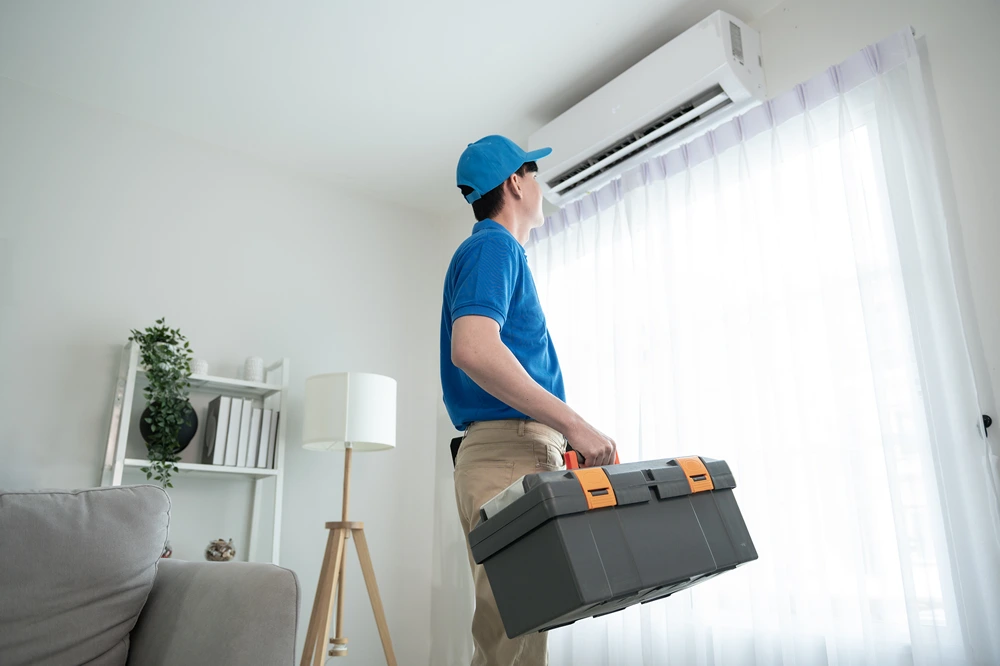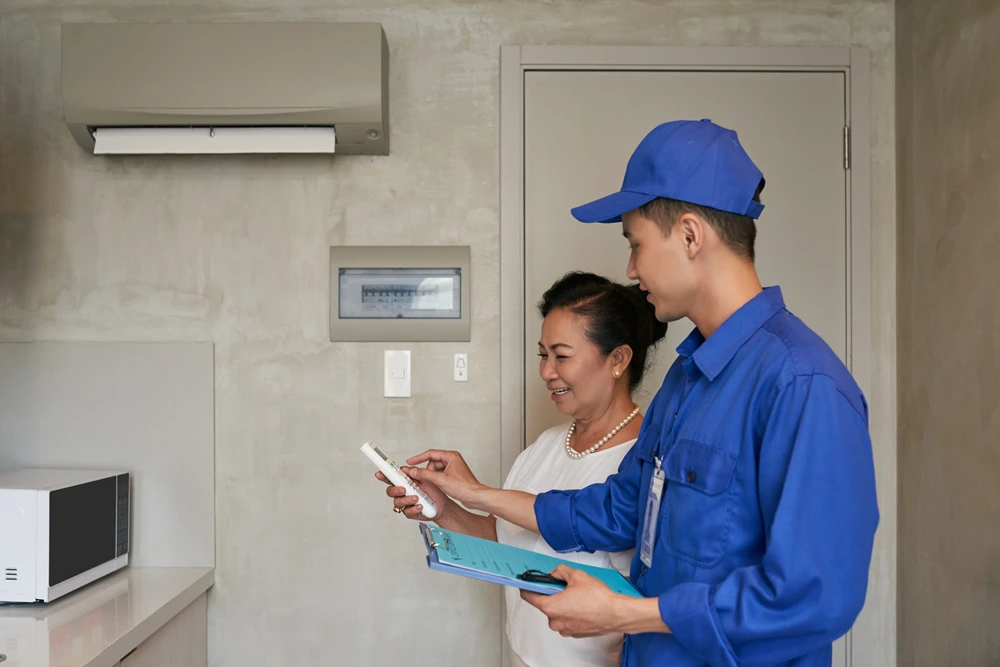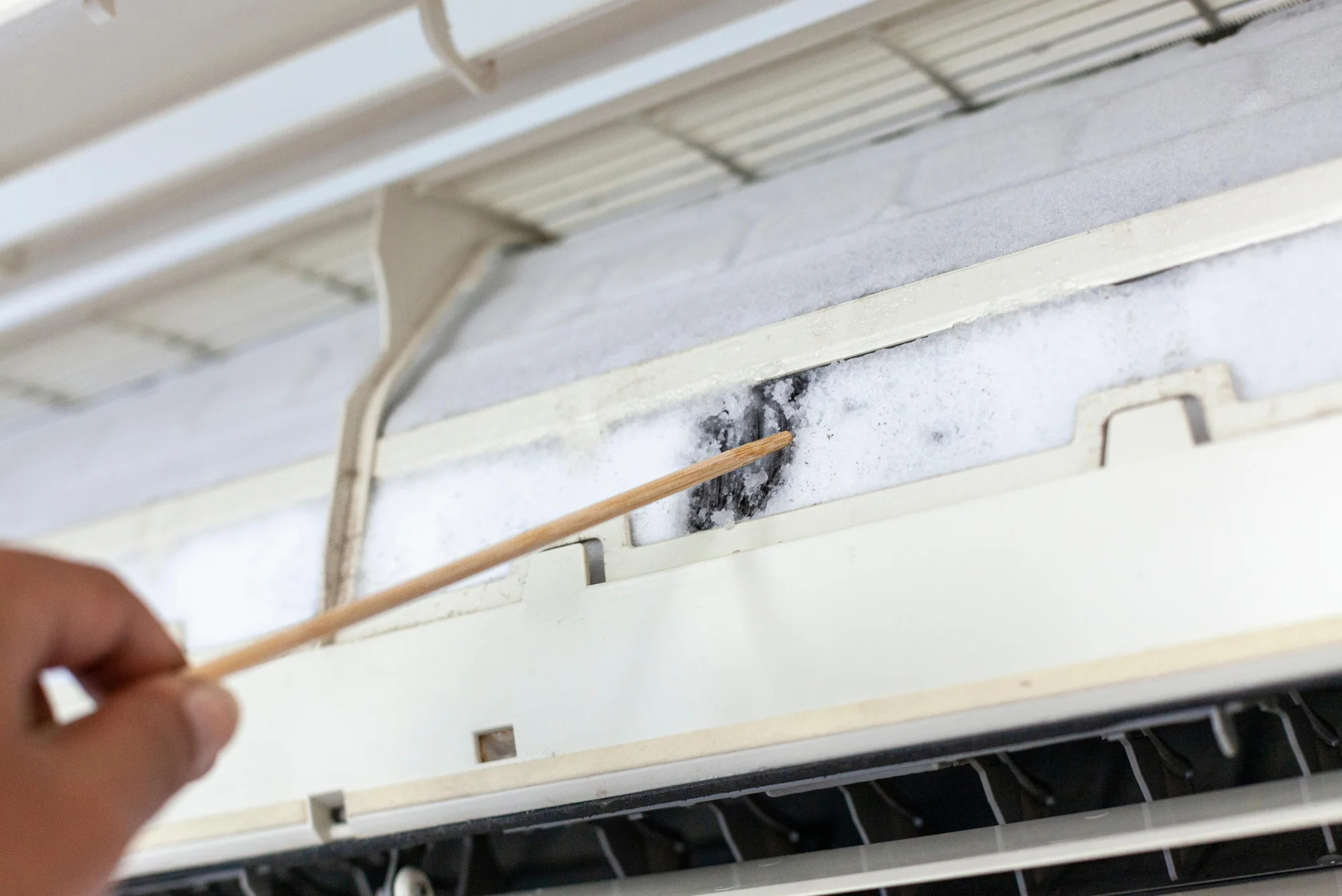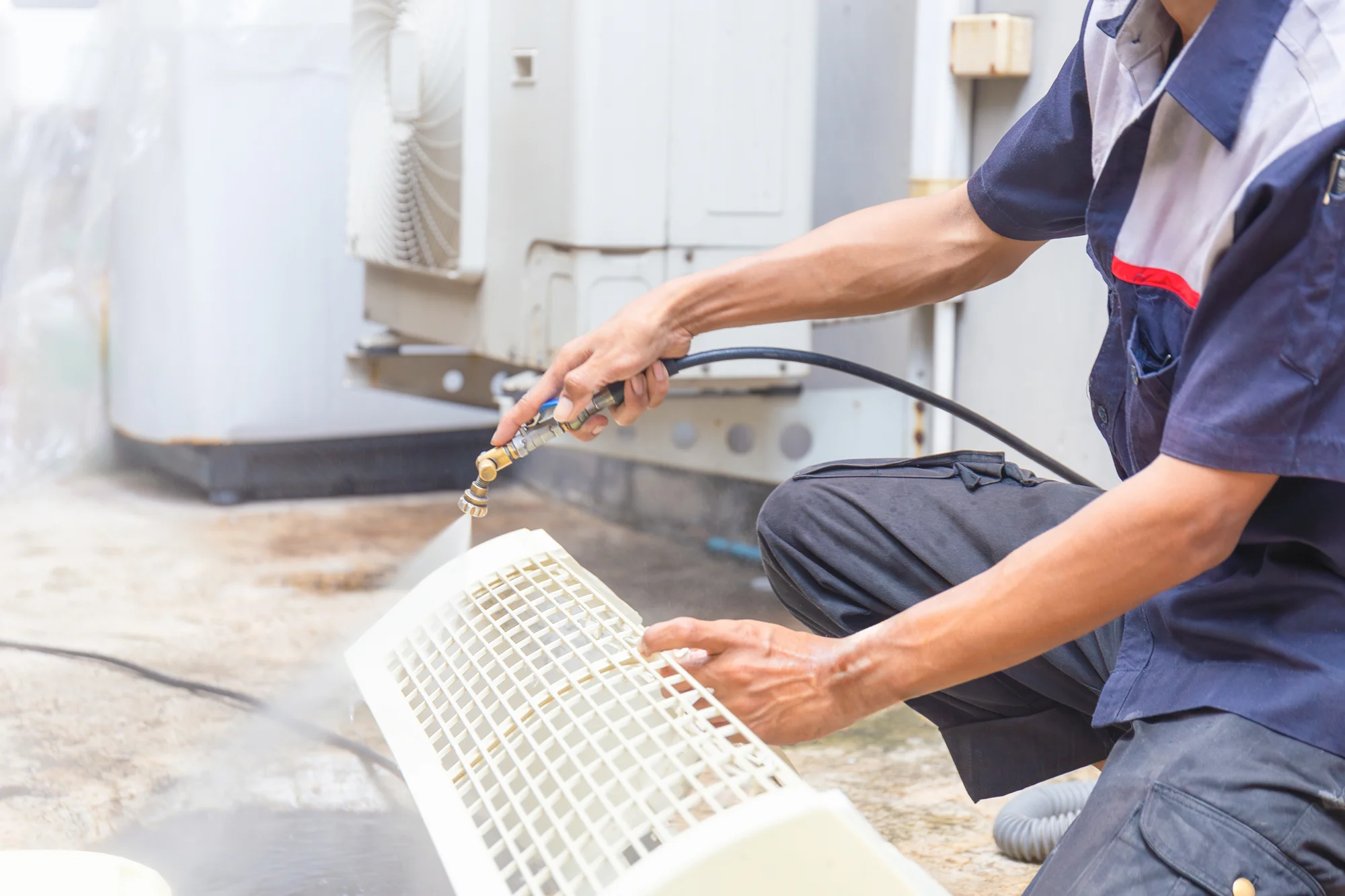In the sweltering heat of summer, or even during those unseasonably warm days, a reliable air conditioning system isn’t just a luxury—it’s a necessity. It’s the silent guardian against discomfort, the provider of cool, crisp air that allows you to live, work, and sleep peacefully. But as you ponder the prospect of a new aircon unit, a critical question inevitably arises: Is professional installation truly worth the cost, or can a savvy DIY enthusiast save a few bucks by tackling the job themselves?
It’s a tempting thought, especially in an era where “do-it-yourself” tutorials abound on every conceivable topic. However, when it comes to something as complex, critical, and potentially dangerous as an air conditioning system, the allure of saving money often pales in comparison to the hidden costs and significant risks associated with amateur installation. This comprehensive guide will delve deep into why professional aircon installation isn’t just an expense, but a shrewd investment that pays dividends in efficiency, longevity, safety, and ultimately, peace of mind.
The Illusion of Savings: Unpacking the True Cost of DIY

At first glance, the monetary difference between hiring a certified HVAC technician and undertaking the installation yourself can seem substantial. Professional labor isn’t free, after all. But this initial saving is often an illusion, a mirage that dissipates rapidly when confronted with the realities of an improperly installed system.
Hidden Material Costs and Specialized Tools
Beyond the aircon unit itself, professional installation requires a myriad of specific materials: refrigerant lines, electrical wiring, drainage pipes, mounting brackets, insulation, and various connectors. A DIY installer might underestimate these requirements, leading to multiple trips to the hardware store, often buying more than needed or, worse, subpar alternatives. Furthermore, HVAC work demands specialized tools: vacuum pumps for evacuating refrigerant lines, manifold gauges for charging the system, flaring tools for connecting copper tubing, and precise electrical testing equipment. These tools are expensive, and purchasing them for a single installation makes the DIY route far more costly than anticipated. Renting them can be an option, but then you’re paying for tools you’re not fully proficient with, increasing the risk of error.
The Inefficiency Tax: Higher Utility Bills
This is perhaps the most significant “hidden cost” of improper installation. An air conditioner is a sophisticated system designed to operate within precise parameters. If the refrigerant charge is incorrect, if the ductwork isn’t sealed properly, if the unit is improperly sized for the space, or if the electrical connections are faulty, the system will struggle. It will consume more energy to achieve the desired cooling, leading to significantly higher electricity bills month after month. What you saved on installation, you’ll bleed out in inflated utility costs, often for the entire lifespan of the unit. A professional ensures optimal sizing, proper refrigerant levels, and airtight connections, guaranteeing the unit operates at its advertised energy efficiency rating.
Premature System Failure: Shorter Lifespan and Costly Repairs
An air conditioning unit is a substantial investment, often designed to last 10-15 years or more with proper maintenance. However, an improperly installed unit is inherently stressed. Components work harder, wear out faster, and are more prone to failure. This could manifest as compressor burnout, refrigerant leaks, electrical malfunctions, or fan motor issues, all leading to expensive repairs or even premature replacement of the entire system. Imagine replacing a unit after just 5-7 years because of installation errors – that initial “saving” on installation now looks like a catastrophic loss.
The Pillars of Professionalism: What You’re Really Paying For
When you engage a certified HVAC technician, you’re not just paying for someone to connect a few wires and pipes. You’re investing in a suite of expertise, experience, and guarantees that fundamentally underpin the performance and longevity of your air conditioning system.
Expertise and Experience: The Right Way, Every Time
Professional HVAC technicians undergo rigorous training and certification processes. They possess a deep understanding of thermodynamics, electrical systems, refrigerant handling, and building codes. They know the intricacies of different AC models, from split type systems to central air, and can anticipate potential challenges unique to your home’s layout or existing infrastructure. Their experience means they’ve encountered and successfully resolved a myriad of installation issues, ensuring your system is installed according to manufacturer specifications and industry best practices. They don’t just guess; they diagnose, plan, and execute with precision.
Proper Sizing: The Goldilocks Principle
One of the most critical aspects of aircon installation is correctly sizing the unit for your space. An undersized unit will run constantly, struggling to cool the area, leading to high energy consumption and premature wear. An oversized unit, conversely, will cycle on and off too frequently (short-cycling), failing to adequately dehumidify the air and also leading to inefficiency and increased wear on components. Professional technicians conduct a thorough load calculation, considering factors like square footage, ceiling height, insulation levels, window types, sun exposure, and even the number of occupants. This ensures your unit is “just right”—providing optimal cooling and dehumidification without wasted energy.
Electrical and Refrigerant Handling: Safety First
Working with high-voltage electricity and pressurized refrigerants is inherently dangerous. Refrigerants, while essential for cooling, are chemicals that require careful handling. Leaks can not only harm the environment but also pose health risks in enclosed spaces. Similarly, incorrect electrical wiring can lead to short circuits, fires, or electrocution. Certified professionals are trained in safe handling procedures for refrigerants (often requiring EPA certification) and possess the electrical knowledge to ensure all connections meet safety codes, preventing hazardous situations and ensuring the system operates reliably.
Optimal Placement and Airflow: Maximizing Comfort
The physical location of both the indoor and outdoor units significantly impacts performance. Professionals strategically choose placement to ensure proper airflow, minimize noise, allow for adequate drainage, and provide easy access for future maintenance. They also consider the distribution of cool air throughout your home, ensuring vents and returns are properly sized and located for even temperature distribution. This attention to detail contributes directly to your comfort and the system’s efficiency.
Adherence to Building Codes and Warranties
Every region has specific building codes that govern HVAC installations. Professionals are intimately familiar with these regulations and ensure your installation complies, avoiding potential fines or complications during home inspections. Crucially, manufacturer warranties for air conditioning units almost universally stipulate that the system must be installed by a licensed professional to remain valid. A DIY installation, even if seemingly successful, can immediately void your warranty, leaving you exposed to full repair costs if something goes wrong. This alone is a compelling reason to opt for professional service.
Post-Installation Testing and Commissioning
A professional’s job isn’t done once the unit is physically in place. They meticulously test the entire system: checking refrigerant levels, measuring airflow, verifying electrical connections, ensuring proper drainage, and calibrating the thermostat. This commissioning process confirms that the unit is operating at peak performance and identifies any potential issues before they become major problems. A DIY installer rarely has the equipment or expertise for such comprehensive testing.
The Long-Term ROI: Why It’s Worth Every Penny

Viewing professional aircon installation as an investment rather than just a cost clarifies its true value. The return on this investment manifests in several critical areas:
- Significantly Lower Energy Bills: A properly installed system operates at its peak efficiency, translating directly into tangible savings on your monthly utility statements. Over the lifespan of the unit, these savings often dwarf the initial installation cost.
- Extended System Lifespan: By avoiding the stresses of improper installation, your air conditioner will last longer, delaying the need for costly replacement and maximizing the value of your initial purchase.
- Reduced Repair Costs: Fewer breakdowns and malfunctions mean fewer calls to technicians for emergency repairs. Preventative installation ensures a robust, reliable system.
- Optimal Comfort and Air Quality: Correct sizing and installation mean consistent temperatures, effective dehumidification, and better air filtration, leading to a more comfortable and healthier indoor environment.
- Peace of Mind and Safety: Knowing your system is installed correctly by certified experts eliminates worries about potential hazards, code violations, or unexpected breakdowns.
- Preserved Warranty: Your manufacturer’s warranty remains intact, providing crucial financial protection against unforeseen component failures.
- Environmental Responsibility: An efficient system consumes less energy, reducing your carbon footprint and contributing to environmental sustainability.
The Danger Zone: When DIY Goes Horribly Wrong
The internet is rife with anecdotes (and warnings) of DIY aircon installation attempts gone awry. These aren’t just minor inconveniences; they can be serious and costly errors:
- Refrigerant Leaks: Inexperienced handling can lead to leaks, which not only degrade cooling performance but also release harmful chemicals into the environment. Recharging a system requires specific training and tools.
- Electrical Hazards: Incorrect wiring can cause electrical fires, damage the unit, or pose a severe risk of electrocution.
- Compressor Failure: The compressor is the heart of your AC. Improper vacuuming of lines, incorrect refrigerant charge, or faulty electrical connections are common DIY errors that can quickly lead to its catastrophic failure, necessitating a very expensive replacement.
- Water Damage: Improper drainage line installation can lead to condensate overflowing, causing significant water damage to walls, ceilings, and flooring.
- Structural Damage: Heavy outdoor units need secure mounting. Poor installation can lead to units falling or causing structural damage to your home’s exterior.
- Voided Home Insurance: In some cases, damage caused by unpermitted or improperly installed HVAC systems might not be covered by homeowner’s insurance.
Conclusion: An Investment in Comfort, Efficiency, and Safety
So, is professional aircon installation really worth the cost? Unequivocally, yes. While the initial outlay might seem higher than a DIY approach, the long-term savings, enhanced comfort, extended lifespan of your unit, and paramount safety benefits far outweigh any perceived short-term budgetary advantage.
Hiring a certified, reputable HVAC professional ensures that your air conditioning system is properly sized, safely installed, operates at peak efficiency, and is fully compliant with all codes and warranties. It’s an investment that guarantees you’ll enjoy cool, comfortable air for years to come, without the hidden costs, risks, and frustrations that often accompany a well-intentioned but ultimately misguided DIY endeavor. When it comes to something as essential and complex as your home’s climate control, trust the experts. Your comfort, your wallet, and your peace of mind will thank you for it.




